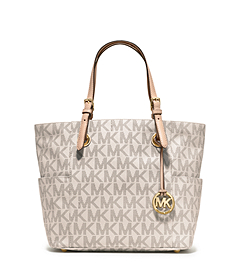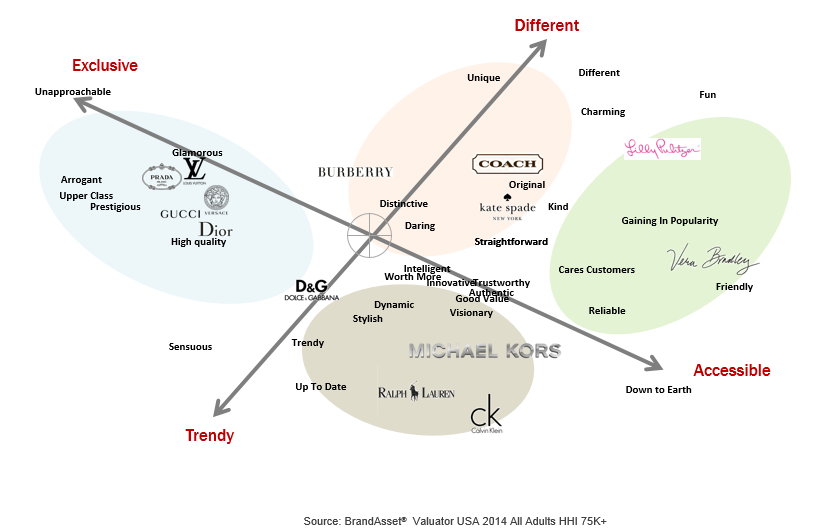by: Tyler Chiu
11/08/15

The Michael Kors handbag has become ubiquitous in luxury brand circles around North America. In recent times, the brand has struggled to maintain its comparative advantage of providing accessories that have been classified as both quasi-luxurious and accessible. (Michael Kors)
For the better part of a decade, Michael Kors (NASDAQ: KORS) has efficaciously established itself as a mainstay in the densely-populated American luxury brand industry, solidifying itself as an incumbent among titanic competitors such as Kate Spade, Louis Vuitton and Coach. The brand has previously thrived tremendously due to its uncanny ability to provide exclusive yet accessible value to the typical American consumer via accessories such as handbags, purses and watches. In the past year, nonetheless, the firm that has been known for its unparalleled aesthetic practicality and functionality has faced extensive financial difficulty, reporting a 8.5% decline in same store sales last fiscal quarter. Consequently, share prices have dipped nearly 48% in 2015 and the stock that once consistently garnered the designation of “market outperform” from analysts has finally hit a rough patch.

A brand perception map demonstrates Michael Kors’ alleged status in a precarious consumer mind. With the firm’s attempts to increase its global brand awareness via accelerated sales growth and product expansion to different market segments, its prestige and exclusivity has now been called into question by both consumers and analysts alike. (BAV Consulting)
While c-suite executives in New York have attributed the decline of the brand to the fortuitous dollar, the true problems that have beleaguered the firm’s performance originate from its inability to recognize mercurial consumer tastes and acknowledge the declining demand for women’s handbags. Instead of qualitatively analyzing the changing landscape of the luxury market, Michael Kors has mistakenly attempted to restrengthen its brand name via the improvement of financial metrics, discounting a plethora of its products in hopes of clearing its inventory buildup and boosting its falling net income and sales. Although these decisions have created optimism for shareholders in the short-term, it does not address its needs that are essential for its long-term livelihood.
The true issue that underlies Michael Kors’ financial struggles is its failed attempt at attaining an advantage on both the luxury and affordable markets. According to Porter’s strategic terms, this position in the industry is deemed as being “stuck in the middle.” Although Michael Kors was previously capable of adopting an industry wide cost leadership and differentiation strategy, time and tastes dictate that in order for the firm to ensure future success, it must only select one of the four available strategies. With Michael Kors missing out on the cross shoulder and small handbag surge, the firm must now adopt a focus cost leadership strategy with its current products, directly competing with brands such as Calvin Klein and Ralph Lauren rather than competing with brands that have experienced eons of success in higher rungs on the luxury-hierarchy ladder. All in all, Michael Kors has reached a crossroads with its sudden lack of prestige; subsequently, time will tell whether the firm recovers from this fiasco.